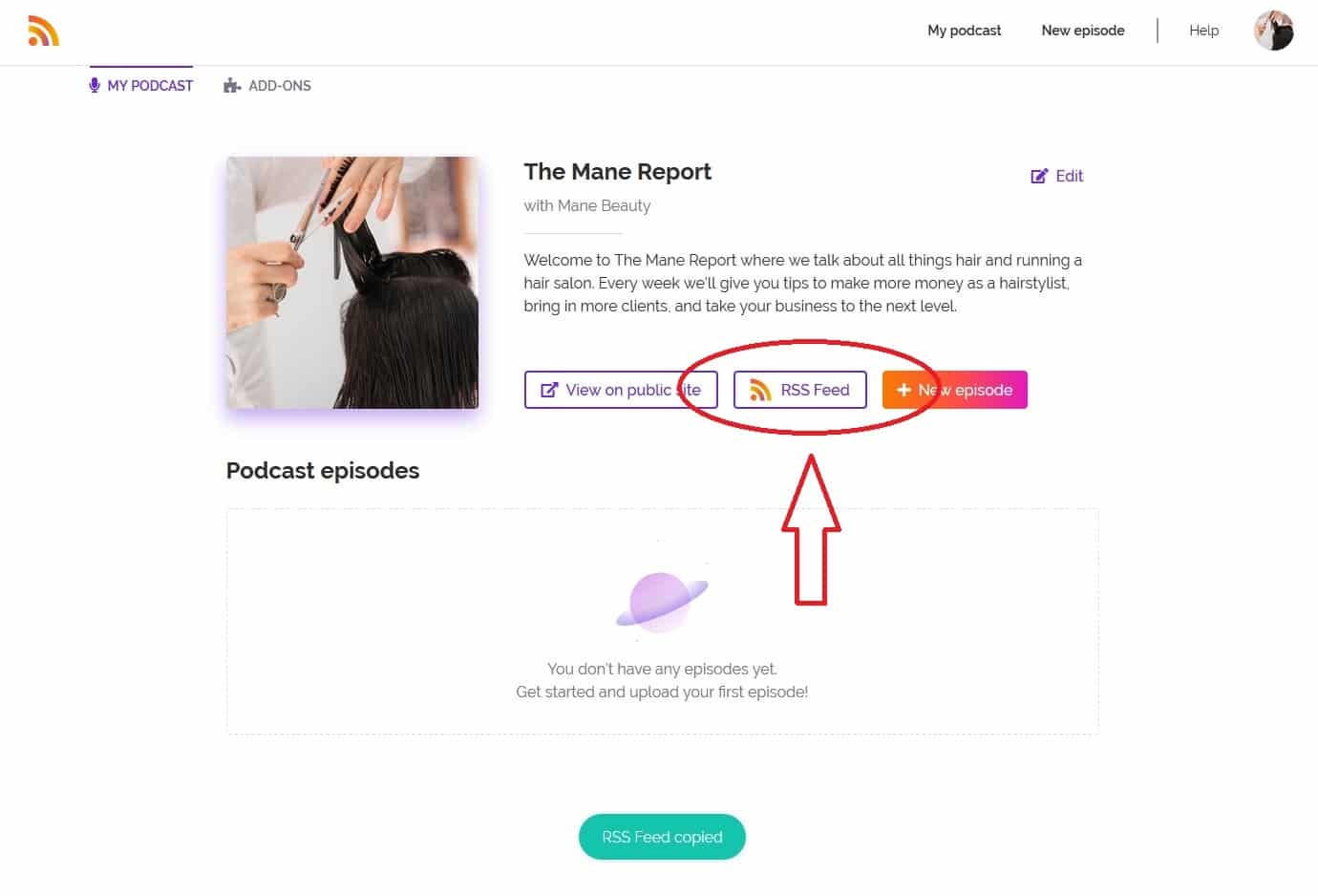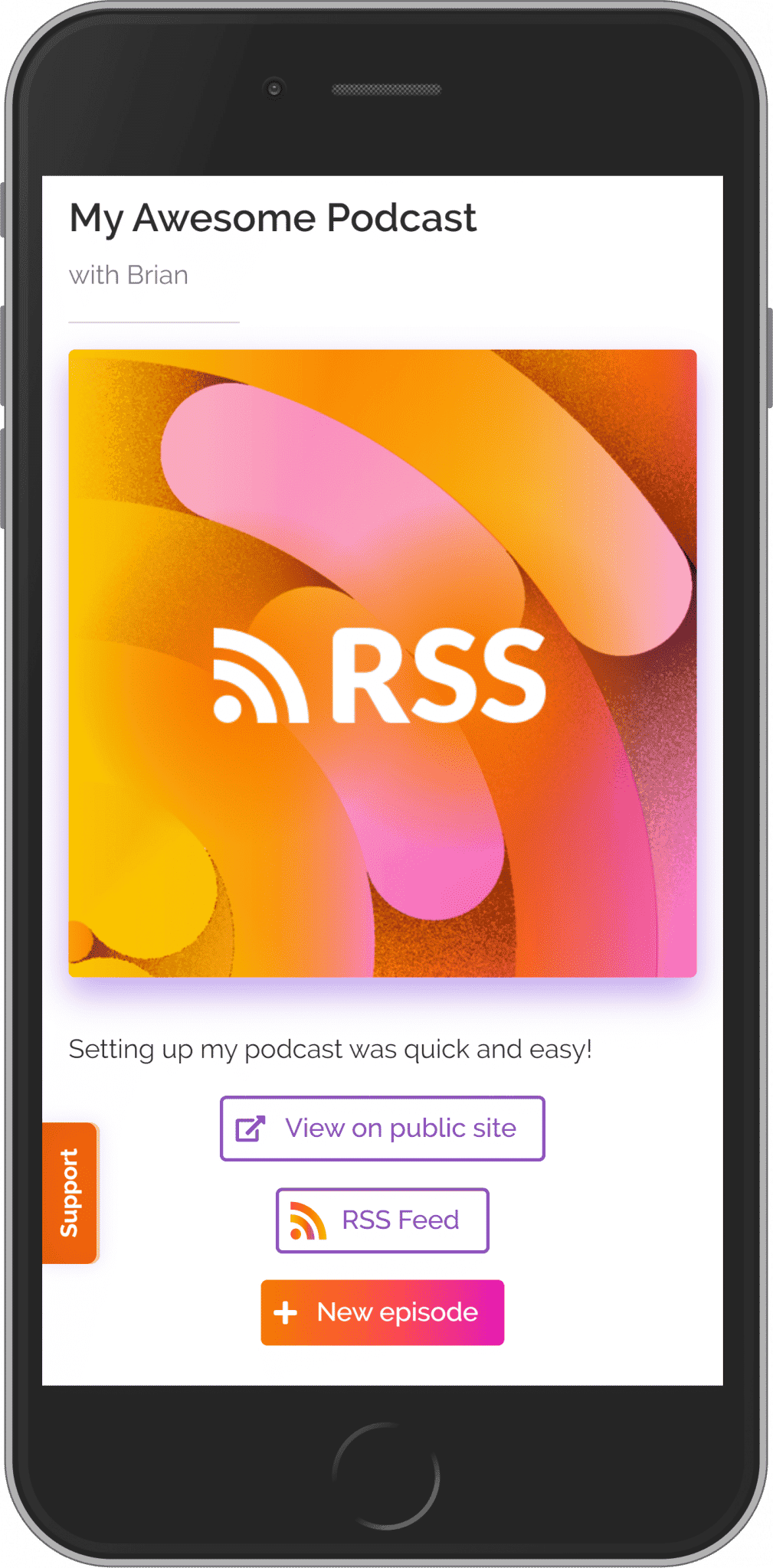

If you're a publisher, you can use an RSS feed for your blog, podcast, YouTube channel, social media profile, etc. The advantage of using this service is that you can get information and stats about who’s using your podcast feed, and the service has a bunch of other tools to help you enhance and promote your feed.RSS is a great way to keep track of the content your favorite publishers are posting, but it also works well from the other side of the fence, too. Each feed will have a unique address, such as – and this is the address that you use to tell the world about your podcast.

Using this service, you set up a free account, and submit your feed (or feeds). This is a free RSS management service run by Google. One other thing worth considering, is using the Feedburner service. The FeedForAll app mentioned above includes a built-in validator, which makes feed creation a lot easier.

The results can be a little complex, but running a validation is important to ensure that your feed isn’t broken. Go to and paste in your feed’s address – this will check for errors. Once you have your RSS feed, you need to check that is works.

You can find full details f what’s required on the Apple iTunes Podcast Tech Specs page. Both PodPress and FeedForAll have built-in support for the iTunes tags. If you’re submitting your podcast – and you really want to be doing that, as iTunes is the number 1 podcasting platform, then you’ll need to make sure that your podcast RSS feed contains some specific iTunes tags, including a tag for the iTunes store artwork, iTunes categories and keywords, as well as good descriptions for your podcast and for each episode of your podcast. Once you have your RSS feed text file, upload it to your website. Using FeedForAll to create a podcast XML feed


 0 kommentar(er)
0 kommentar(er)
